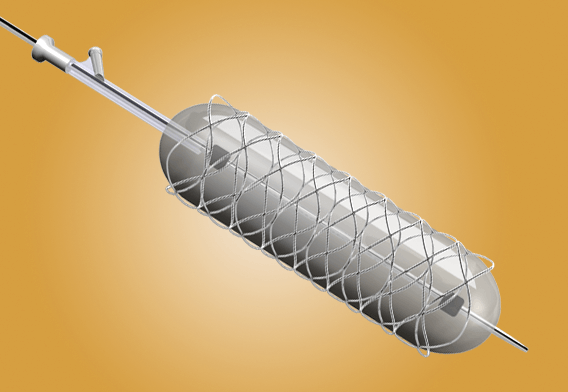This comprehensive continuing education course is meticulously designed for healthcare professionals who aim to deepen their understanding of guidewire design and selection in the context of Percutaneous Coronary Intervention (PCI). By the end of this course, participants will be equipped with the knowledge and skills necessary to make informed decisions regarding the selection and utilization of guidewires in various clinical scenarios. The course curriculum is structured to ensure a blend of theoretical knowledge and practical insights, facilitating a holistic learning experience.
Upon completion of this continuing education course, you will be able to:
Describe Guidewire Design Features:
Gain a thorough understanding of the primary design elements of guidewires. This includes exploring the materials used, flexibility, coating, and tip design. Participants will learn how each feature plays a crucial role in the functionality and performance of the guidewire.
Explain Performance Impact:
Delve into how the design characteristics of guidewires influence their performance. Key performance metrics such as crossability (the ability to navigate through complex anatomy or lesions), torqueability (the ability to rotate and direct the wire), and pushability (the ease with which the wire can be advanced) will be covered. The course will provide insights into the engineering behind these features and their clinical implications.
Understand Wire Classes and Selection:
Familiarize yourself with the various classes of guidewires available for PCI. This section will categorize wires based on their characteristics, such as stiffness, steerability, and support level. Participants will learn how to strategically select a combination of wire features that best suits the requirements of specific PCI procedures, enhancing the likelihood of procedural success.
Case Study Observation:
Apply the theoretical knowledge gained by observing and analyzing a real-life case study. This practical component of the course will demonstrate how guidewires are selected based on the anatomical challenges presented by the patient. Participants will observe the decision-making process, considering factors such as the target vessel’s anatomy, lesion characteristics, and the overall strategy for the procedure.
